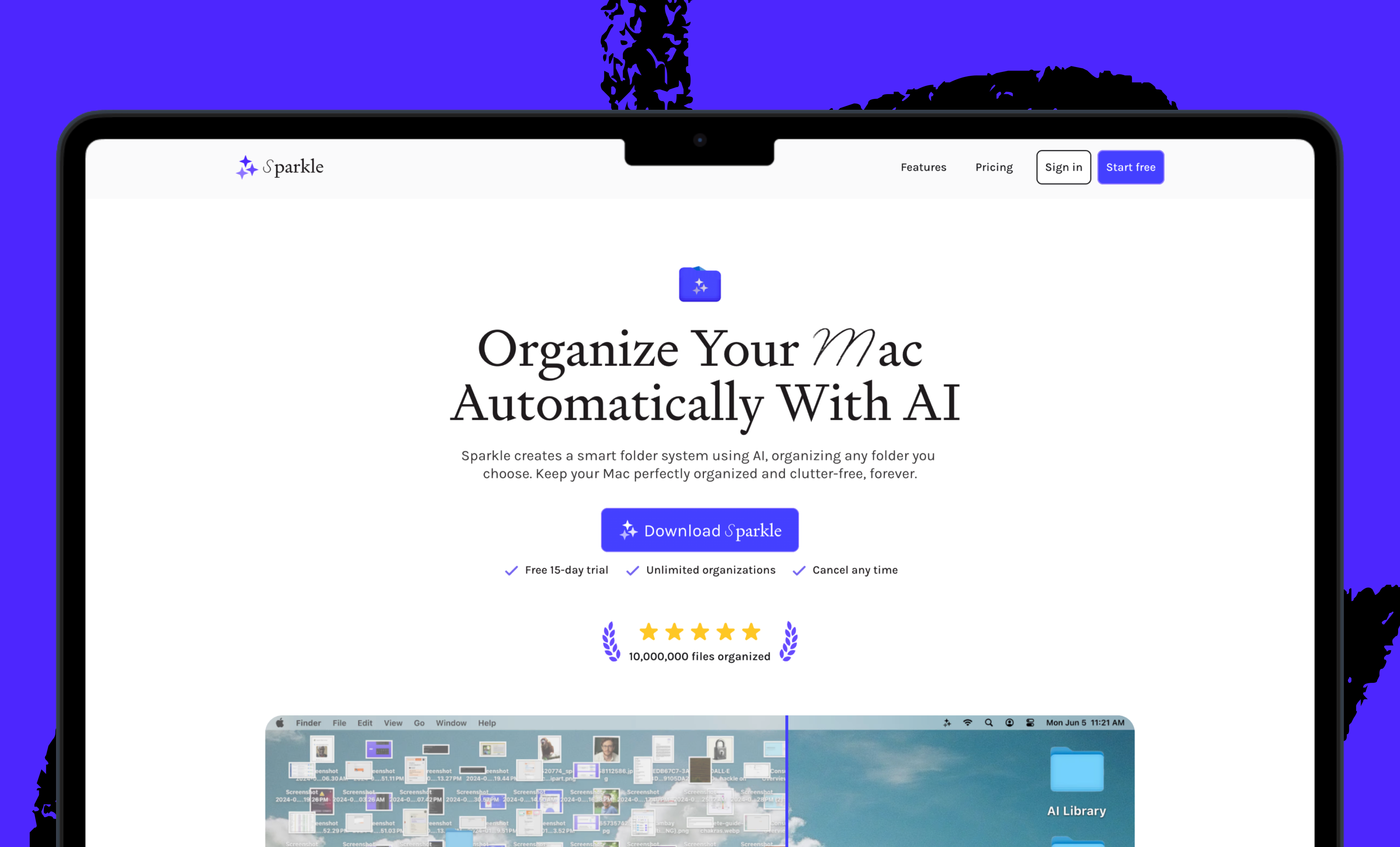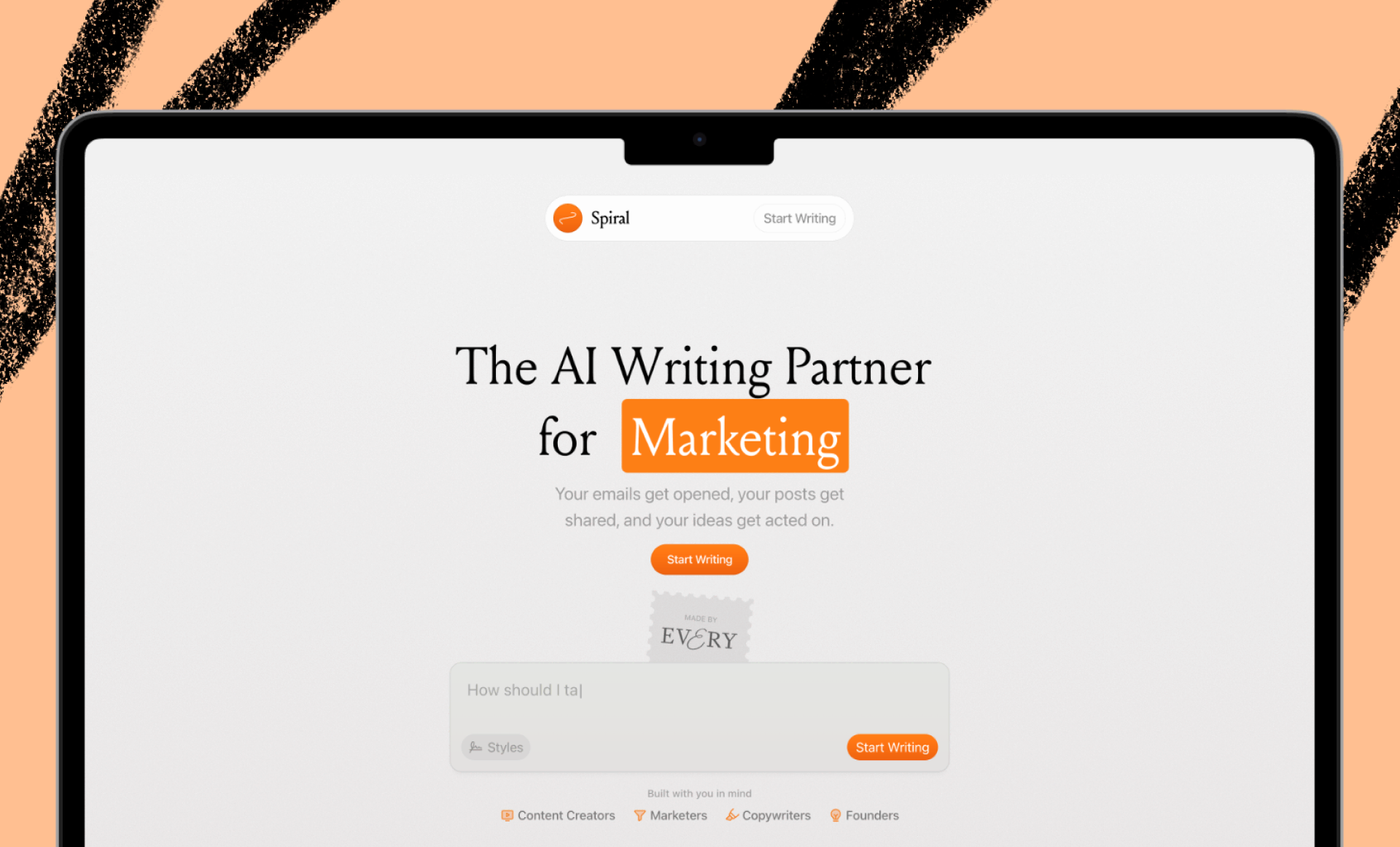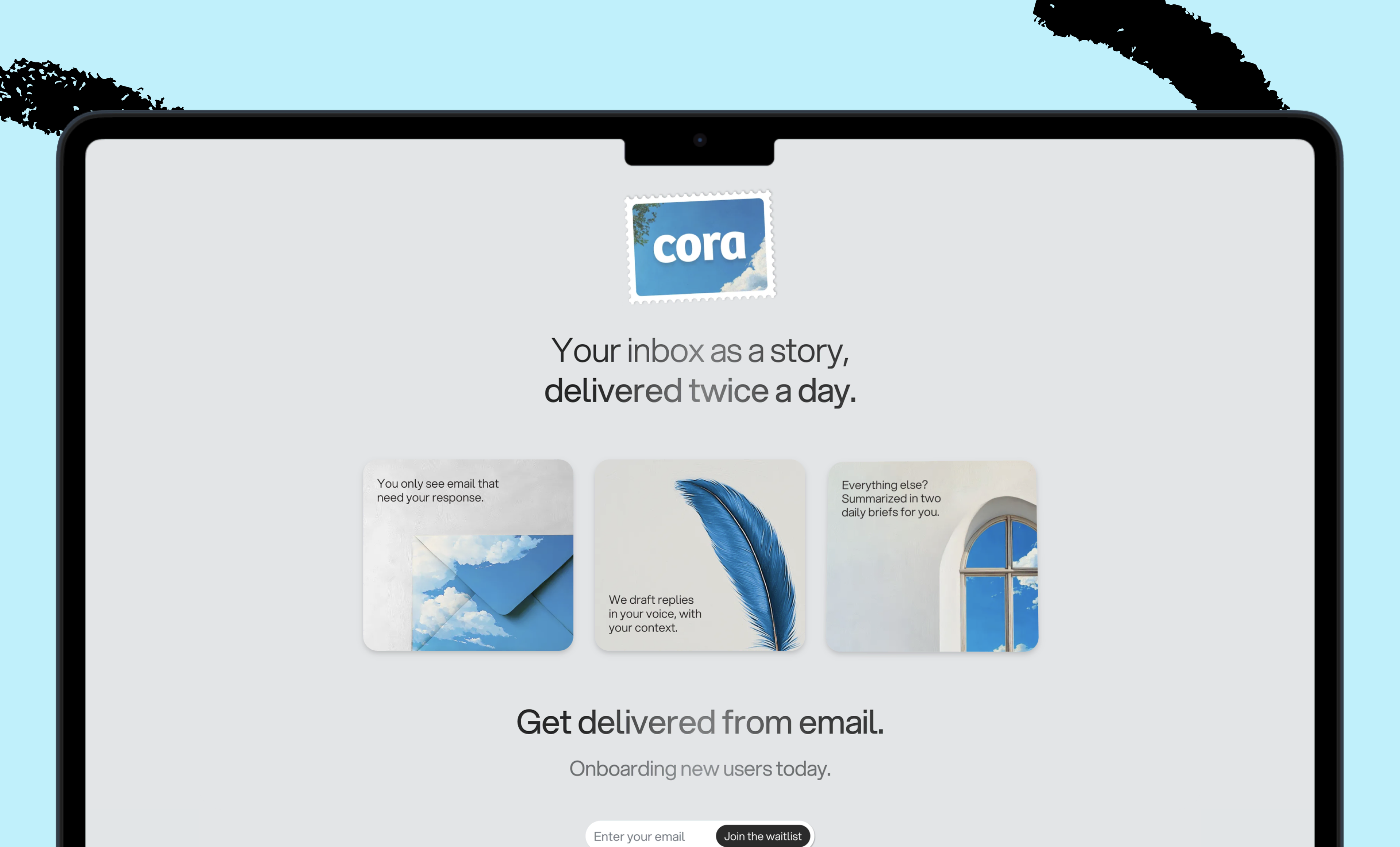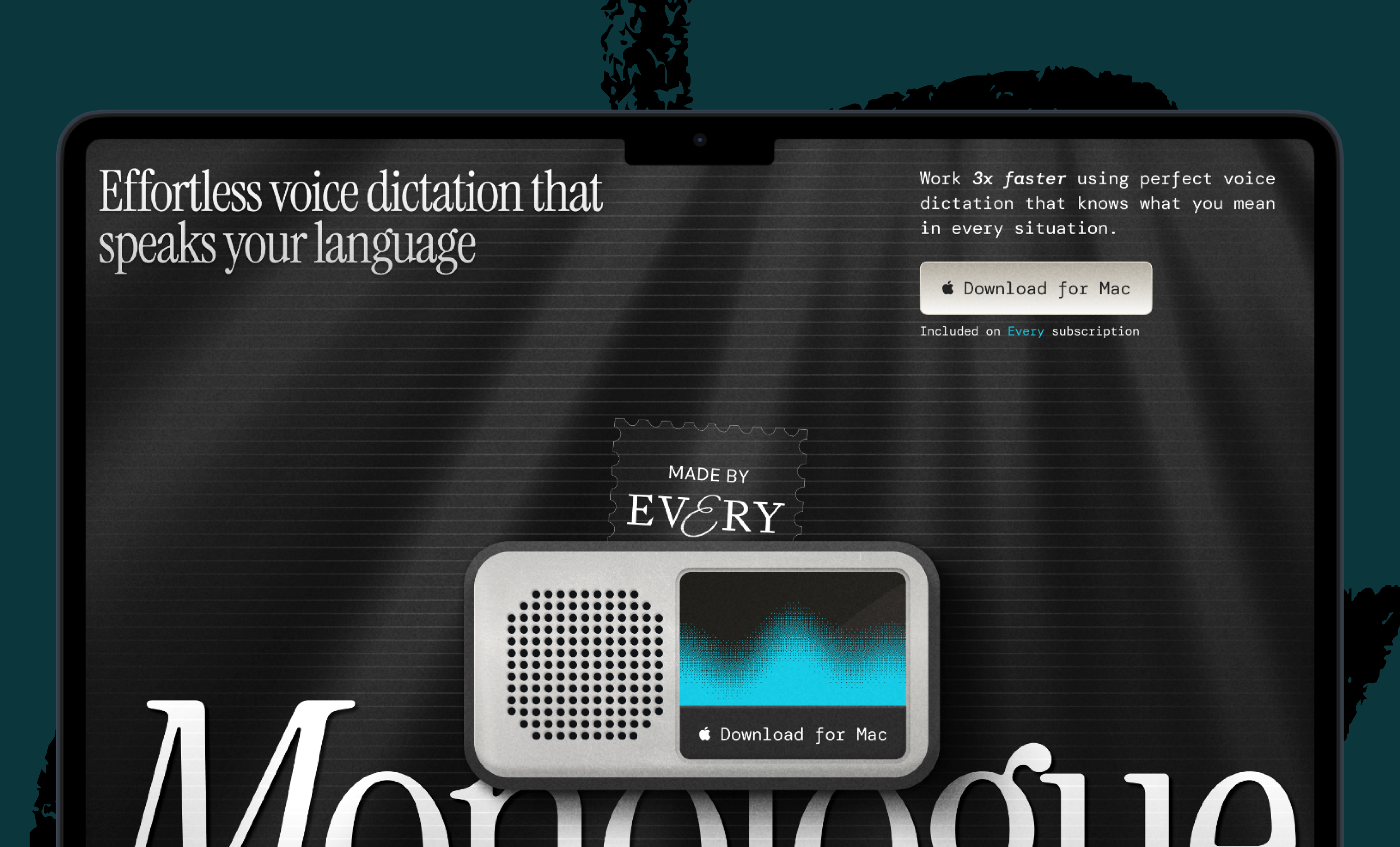
If only you could know your customers—really, truly know them. You could see through their eyes as they browse, shop, and buy. You could know what they want, why they want it, and how they’re going to get it. Just about every marketer dreams of reading their customers’ minds. The best that marketers have been able to do is ask them what they want, how they feel, and why—until generative AI, that is. In this piece, the first in a four-part series for Every, copywriter Chris Silvestri expands on a framework he built called empathy engineering. It’s for simulating those customers using AI—a cheaper, quicker, and perhaps more effective way to understand them.—Kate Lee
Was this newsletter forwarded to you? Sign up to get it in your inbox.
Good communicators know their audience. A presentation to hundreds of conference-goers sounds different than a sales pitch over lunch. It’s why you keep it casual when chatting with a friend and you’re more formal on a call with your boss.
Knowing your audience is also necessary when communicating with large language models. Having that level of insight is what empathy engineering—a framework for using artificial intelligence to understand your customers—can help you achieve. I developed this framework over eight years spent helping more than 50 companies including Moz, Shortstack, and Pantheon convert prospects into customers. AI just made this approach easier and more effective.
But it starts with laying a foundation. Before you even think about prompting AI, you need to think about your customer.
How to get started with customer research
To demonstrate how this works, I’m going to use a made-up company called TeamFlow. TeamFlow is an AI-powered task management platform for remote teams—think Trello with Slack, plus AI. The company built a solid product and has a growing user base, but it wants to improve its marketing and convert more prospects into customers. You can take a look at the full company profile.
TeamFlow’s marketing team has hired us to help the company refine its messaging, uncover hidden opportunities for growth, and connect with its target audience on a deeper level. We’re going to help the company clarify and better communicate what it does, who it does it for, and how uniquely or better it is than anyone else—so that its value and product become the obvious choice for the right people.
Gathering the context
No matter how powerful AI becomes, it can't replace the value of real-world customer research. AI is a tool, not a magic wand. It can write content, but it lacks context—which is what we have to provide.
Empathy engineering starts with understanding your customer, your product, and your market. To do this, we'll focus on three pillars of research: internal research (your team), user research (your prospects and customers), and market research (your competitors).
Internal research: Mine your team’s knowledge
Your team is a gold mine of customer insights. They're on the front lines, talking to customers, solving problems, and witnessing firsthand how people use (or struggle to use) your product. Here’s how to extract that precious data:
- Tap into their expertise: Conduct interviews with team members from the product, marketing, sales, and customer support teams. Ask them about common customer questions, pain points , and popular features.
- Analyze support interactions: Review transcripts from support calls or chats. Look for recurring themes, confusing product features, and unmet customer needs.
- Dig into internal data: Explore your customer relationship manager (CRM), website analytics, user behavior patterns, and other internal data sources for insights into how customers are using your product.
User research: Go straight to the source
There's no substitute for talking directly to your customers. User and customer research helps you understand their needs, motivations, and experiences in their own words. There are a few ways to get this data:
- Conduct customer interviews: Ask open-ended questions about their pain points, goals, and how they currently solve their problems.
- Send out surveys: Gather qualitative and quantitative data on customer satisfaction, feature usage, and demographics, and run website surveys to understand their pains, motivations, and desired outcomes.
- Observe user behavior: Conduct testing to see how customers interact with your product and identify areas for improvement, or look at user data like heatmaps to learn how they use your website.
Market research: Know your competition
Understanding the competitive landscape is essential for differentiating your product and crafting effective marketing campaigns. You can learn both what works and what doesn’t by looking at what others in the space are doing. There are a few methods for doing it:
- Analyze competitor websites: Examine their messaging, pricing, features, and target audiences.
- Read industry reports and reviews: Stay up to date on what’s new in the industry.
- Pay attention to customer reviews: See what people are saying about your competitors' products—both positive and negative. This can reveal valuable insights into their strengths and weaknesses.
- Ask your customers: Ask them what alternatives they’ve considered or tried—unless you're in a new or niche market, in which case, prioritize understanding your customers' needs and pain points without introducing the idea of alternatives.
Case study: TeamFlow’s research
Let’s take a look at where TeamFlow is with its research. Here’s what we have to play with (thanks to ChatGPT-4o):
Become a paid subscriber to Every to unlock this piece and get access to:
- All of TeamFlow's internal, user, and market research
- How to have a conversation with AI to extract customer insights, complete with prompts
The Only Subscription
You Need to
Stay at the
Edge of AI
The essential toolkit for those shaping the future
"This might be the best value you
can get from an AI subscription."
- Jay S.
Join 100,000+ leaders, builders, and innovators

Email address
Already have an account? Sign in
What is included in a subscription?
Daily insights from AI pioneers + early access to powerful AI tools





